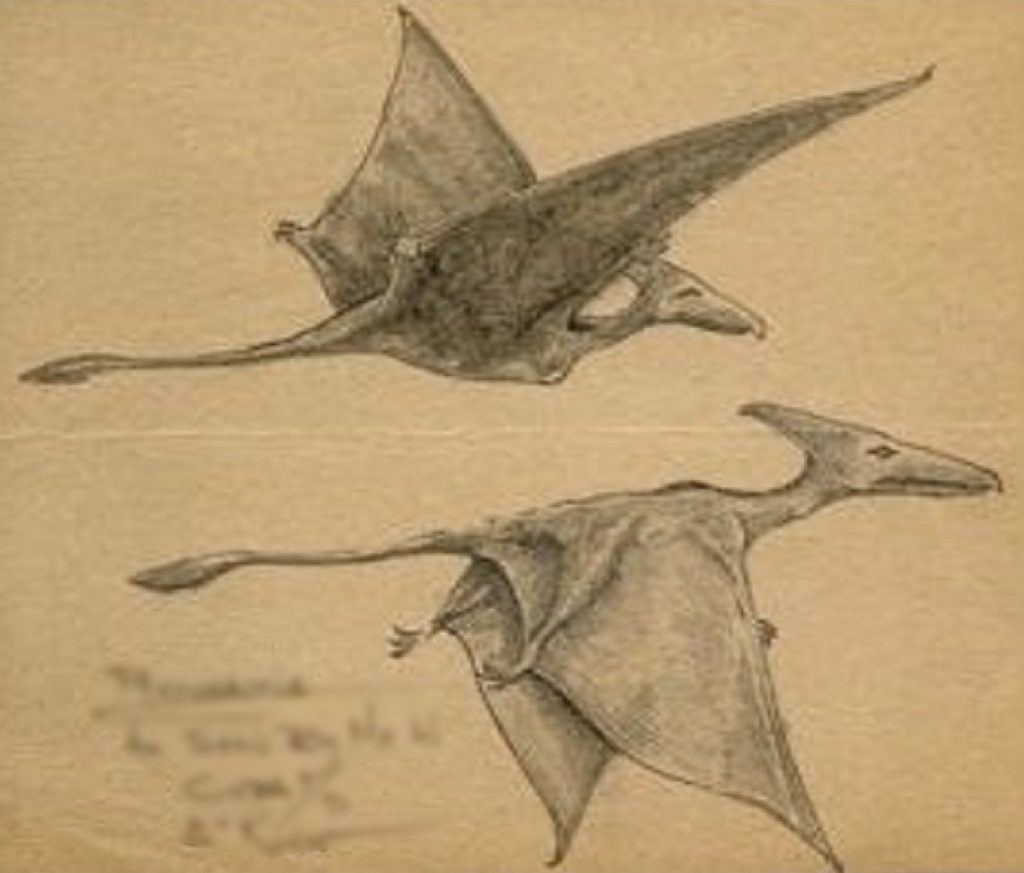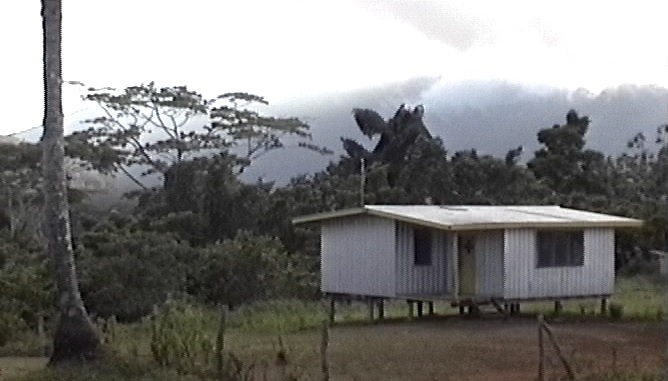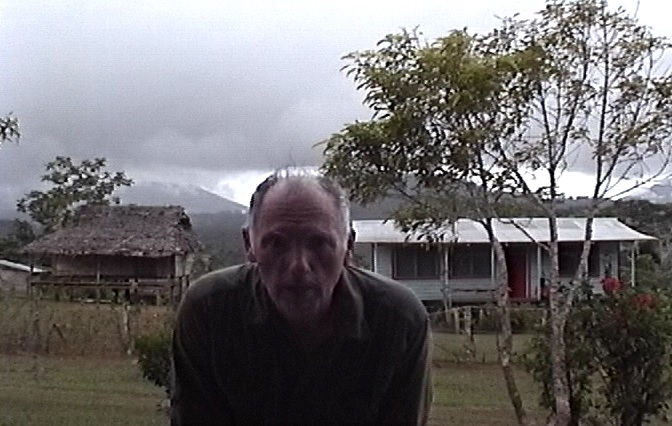By the founder of Animal Discovery, Jonathan David Whitcomb
Since the year 2003, I have held a special interest in eyewitness reports of a flying creature that has become known as the ropen, what some persons have called a “pterodactyl” or a “flying dinosaur”. The word ropen comes from the Kovai language of Umboi Island in Papua New Guinea, although over the past fourteen years it has become known around the world as a word that refers to any modern flying creature that appears to an eyewitness to be a featherless long-tailed pterosaur, whatever word is used by the eyewitness. It is now obvious to serious researchers that the ropen is not confined to the southwest Pacific.

In 2004, I led an expedition on Umboi Island, Papua New Guinea, to search for what I thought at first were many ropens living on that tropical island. Within two weeks, however, I became convinced that only one large ropen lives permanently on Umboi, at least as the dominant territorial flying creature of its species on that island.

I was able to interview important native eyewitnesses of the ropen, although I failed to see the animal myself. This nocturnal creature rarely comes out in daylight, and the jungles are difficult to explore with so many square miles of dense undergrowth. Nevertheless, a few islanders have seen the ropen well enough to describe it clearly to cryptozoologists.

Within a few weeks after my return to the United States, two other Americans searched that same island for the ropen. They were able to explore areas in the north, where I had not been, and interview natives that I had not been able to contact. The expedition led by David Woetzel and Garth Guessman proved very important to the research in this narrow branch of cryptozoology.

###
Duane Hodginson’s description of the giant “pterodactyl” he and his buddy saw in 1944 demonstrates to recent researchers that the two soldiers had seen a ropen. That does not mean, however, that it must have been the exact same species as the ropen seen more recently on Umboi Island.
.
Various nonprofit organizations
. . . Another organization, VIEM, uses plastic bottles for building houses in Mexico. Watch this video on house building. . . .
.
Sightings of apparent pterosaurs by various eyewitnesses and links to ropen expeditions by cryptozoologists like Jonathan Whitcomb, David Woetzel, and Garth Guessman, etc.
.
As far as I can see, it would have to be over 300,000 Americans, for anything less than that does not make sense with how many of them have contacted me about not only their sightings but about one or more friends or family members who have also had a similar sighting [of an apparent modern pterosaur].
.
About a potential modern pterosaur on Umboi Island in the southwest Pacific
.

